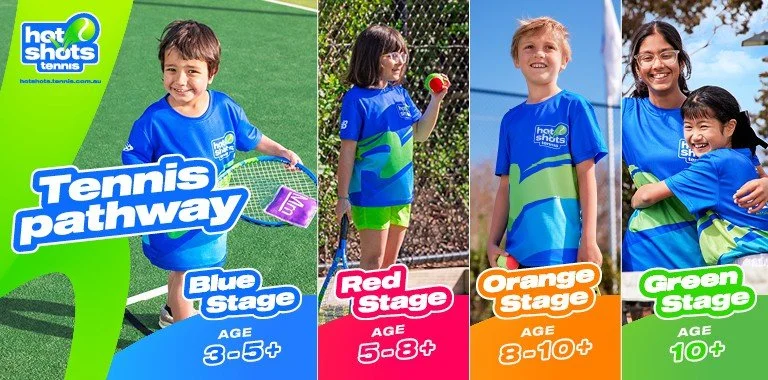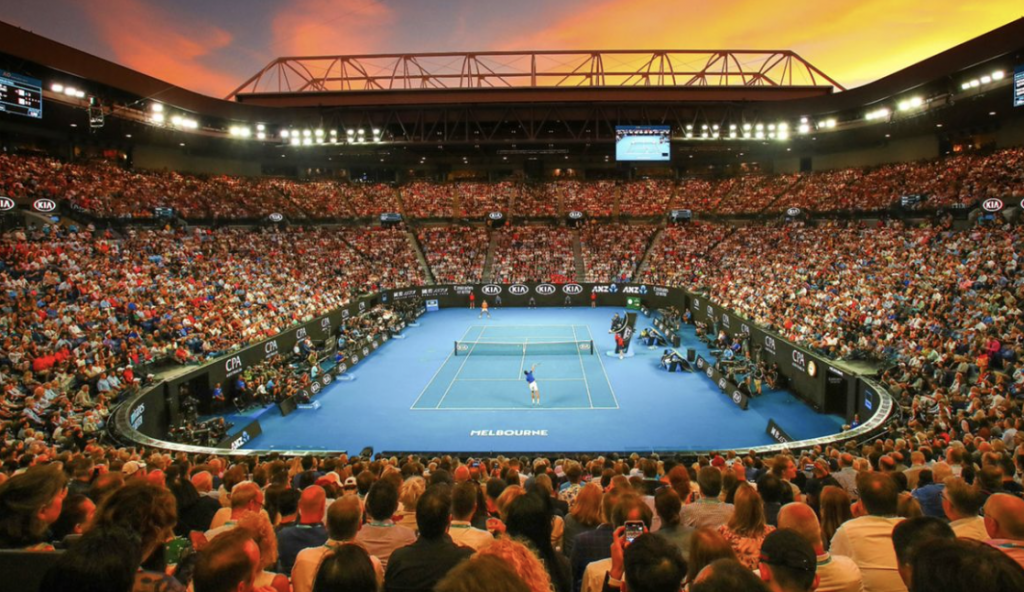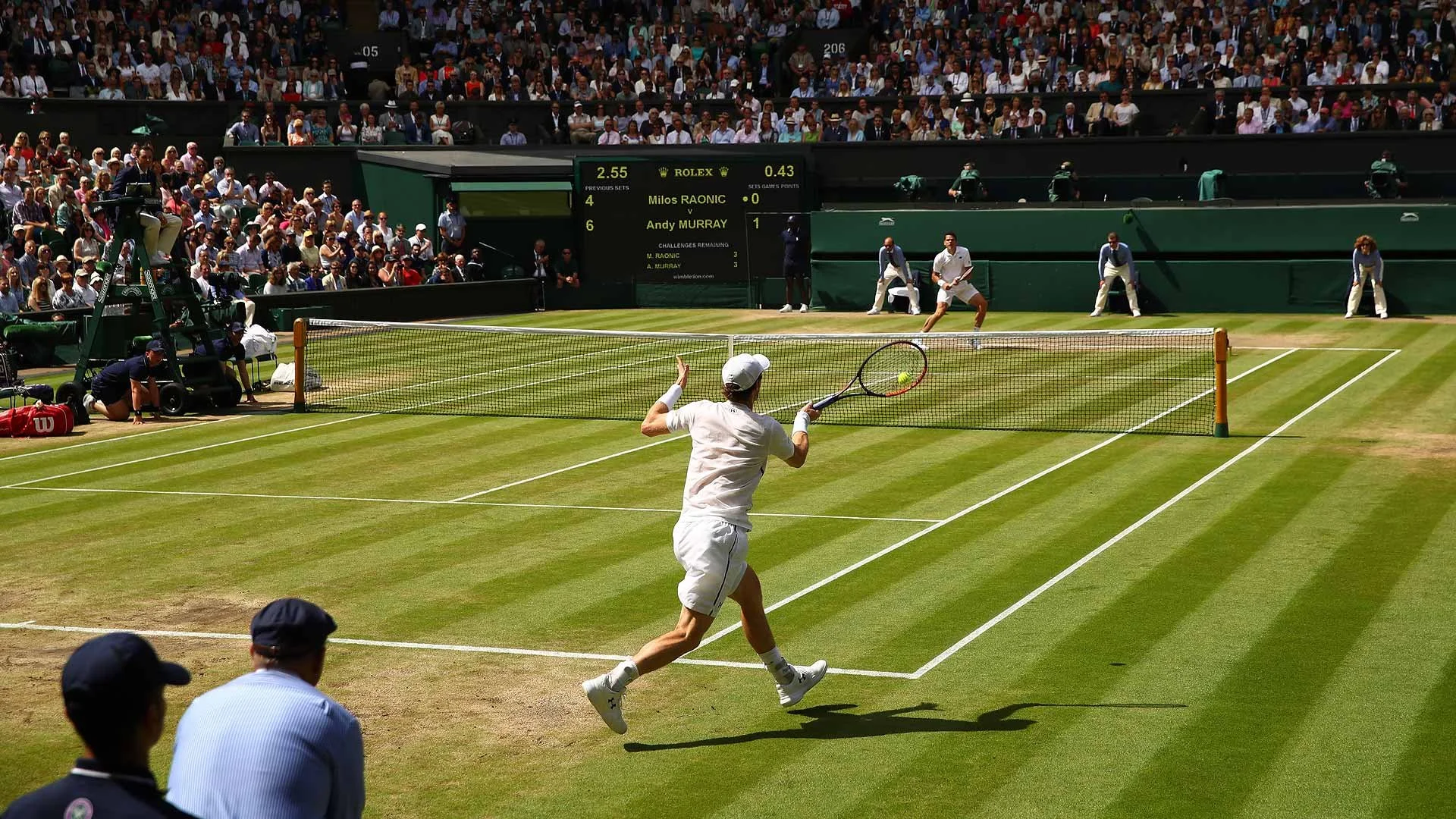No competition, no progress.
Tennis Competitions in Moruya & Batemans Bay
Put your skills to the test by signing up for one of our upcoming tennis competitions today.
Next Generation Tennis regularly holds tennis competitions for players across the Eurobodalla. We host events in our locations which you can view in the button below.
Night Leagues
The NGT night leagues provide an excellent opportunity to apply the skills and tactics acquired during your lessons.
Our leagues, managed by the coaches, offer a fun and social platform most nights of the week to test your tennis progress.
All leagues are graded using UTR rankings, with competitions in a variety of formats.
The Importance of Matchplay
A high volume of match-play is perhaps the most critical aspect of a player’s development, including their ranking and UTR. Every player needs a large number of matches to reach their potential. Below is a rough guide for players in our environment:
Primary school students: Should be playing the equivalent of 50+ best of 3 matches per year (the more the better)
High School Students: Should be playing the equivalent of 70+ best of 3 matches per year (the more the better)
Case studies show that match-play quantity is the strongest determinant of the level that a player reaches. Without exception, the best players in any country have a high match count.
This article outlines the benefits of match play to a tennis player and includes target match-play quantities which are dependent on the level your child is aspiring towards.
The Benefits of MatchPlay
Match play is a key means for a player to develop their game, and playing matches against opponents of a similar level is the best way to accelerate their development. The more competitive matches a player can play, the better match player they become. The reasons for this are:
Tactically, players become more intelligent and pick up on common patterns that opponents use, reading the play earlier and earlier over time.
Physically, players’ bodies become accustomed to the intensity, rhythm and duration of competitive matches. Over time, they build up a strong tolerance to deal with all of the physical demands of tennis.
Mentally, players become accustomed to handling the ups and downs of matches and high-pressure situations. Players who don’t compete tend to panic and play the big points poorly, while experienced match players stay more composed and execute more effectively under pressure.
Intensive practice of a key shot in tennis – the serve and return. Statistically 70% of all points are won/lost in the first four shots, which makes the serve and return one of the most important shots, but often training sessions don’t devote a lot of time to the serve and return. The players with a high match count become skilled in the first four shots of each point, but the vast majority of tennis players and parents don’t realise this.
Match-play scheduling
There are a number of critical factors when it comes to producing a successful schedule for your child:
Planning the appropriate number of matches for your child’s goals. Knowing how many matches they need to play each year will influence how many tournaments and match-play opportunities you’ll need to be pursuing.
Win/loss ratio. Perhaps the most important factor in developing your child’s tournament schedule is adjusting it constantly to ensure they have a win/loss ratio above 50%. Ideally, strive to put together a tournament schedule for your child that provides them with an average of two wins to one loss if possible. As a general rule, if a player has been on a winning streak, it is time for them to play up and compete in more challenging tournaments. On the flip side, if a player has taken a series of losses in a row, look at match-play options where the competition is not as strong. There is generally nothing worse for a player’s confidence than to take a number of consecutive losses, so from a parent’s perspective, you need to keep an eye out for this and take action as soon as you see it happening.
Complementing tournament play with competitive matches from a number of different sources.
Seeking tournaments in conditions that suit your child’s game style.
Doubles are crucial in developing match-play skills
A lot of parents and players overlook the importance of doubles and just play singles at tournaments. Doubles has a lot of benefits, such as:
Improving adjustment skills considerably due to the quick exchanges and reflexes required.
Giving a great opportunity to get experienced at the net. A lot of junior players have a strong baseline game, but don’t come to the net often. Doubles is a great way to counteract this.
It is all about serve and return and first shot, which relates well to singles.
Giving players more experience in playing under pressure. In doubles, particularly at a high level, there are many tie breakers and tight matches.
Experiencing tennis as a team sport. This can be a lot of fun as your child shares the highs and lows with a teammate.
It can be a great confidence booster as your child can often beat players in doubles that they may not have beaten in singles, which can help them win more singles matches.
We strongly suggest that players always enter doubles at tournaments. Make sure your child finds a partner that they combine well with and enjoy spending time with.
Hot Shots
NGT Hot Shots competitions are a great way to experience match play in a fun and social environment with other players of a similar level.
Some of the benefits of enrolling in a Hot Shots competition:
– Helps to progress an understanding of the rules, strategies, and tactics of tennis
– Builds confidence and a sense of achievement
– Keeps your child active and healthy
– A fun way to enjoy tennis and make new friends
– Students put into practice the tennis skills your child has learned in their lessons
Competitions are supervised by coaches who ensure the players are supported and have lots of fun!
Tournaments
NGT hosts annual tournaments such as Regional Matchplay Series (RMS), Community Opens, J125, Club Championships, Seniors Events, Special Olympics, plus more.





